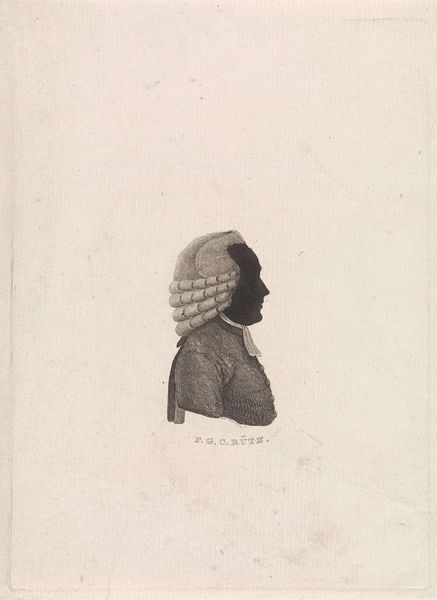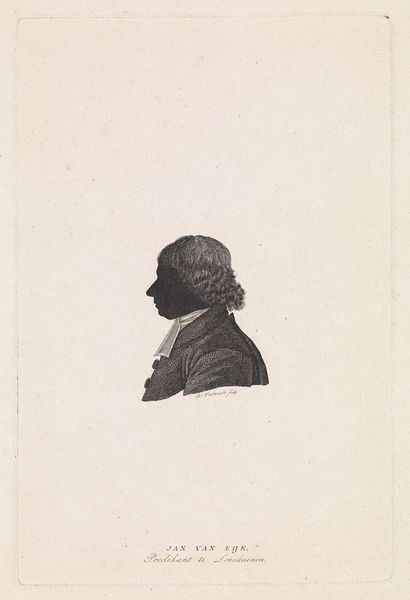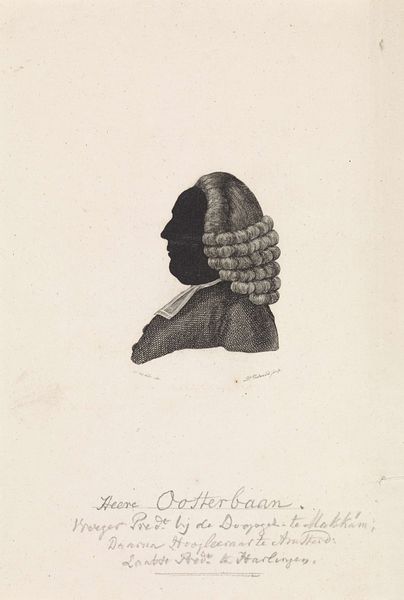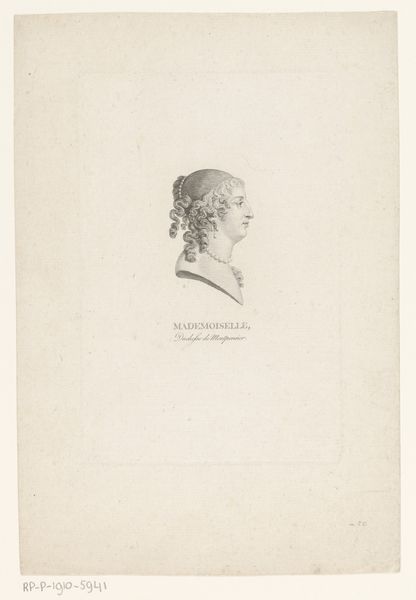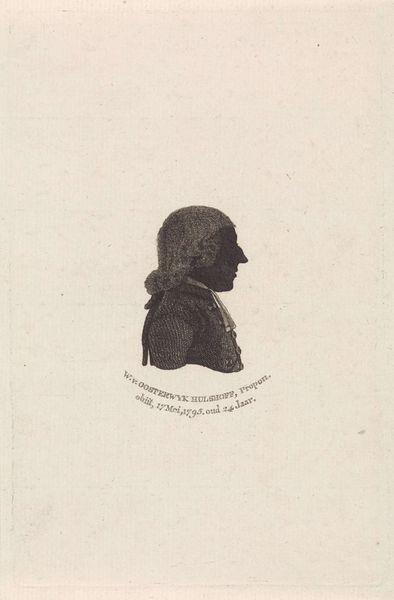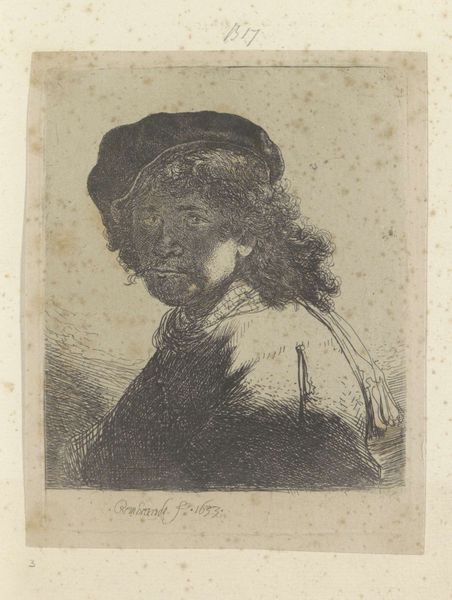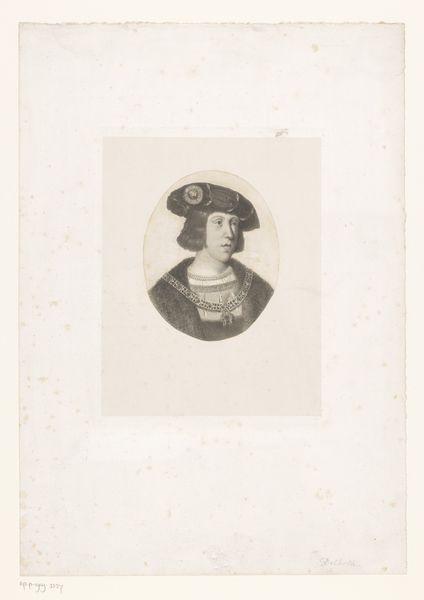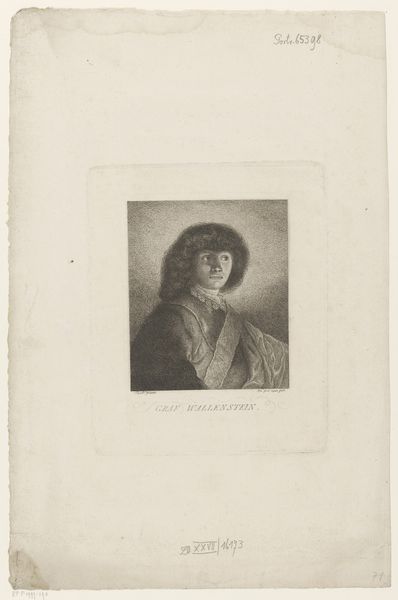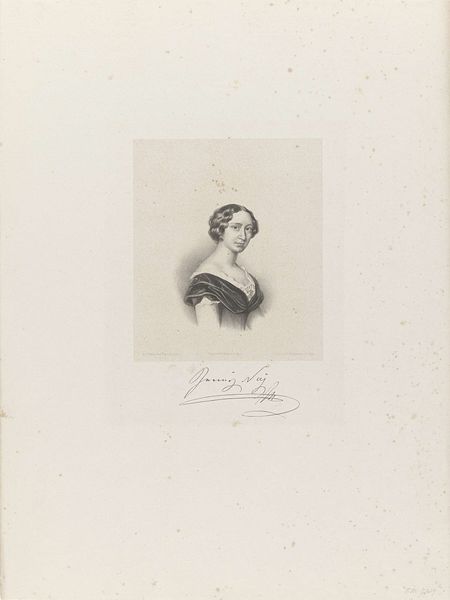
drawing, paper
#
portrait
#
drawing
#
paper
Dimensions: height 128 mm, width 95 mm
Copyright: Rijks Museum: Open Domain
Curator: Here we have a silhouette portrait, presumed to be made between 1798 and 1837, depicting Johannes Petrus van Horstok. The artist is Ernst Willem Jan Bagelaar. Editor: It’s strikingly simple. The solid black shape against the pale paper really commands your attention. There's something quite serious and reserved about it. Curator: Silhouette portraits like this were an accessible alternative to painted portraits for the burgeoning middle class during the late 18th and early 19th centuries. It speaks volumes about the democratization of art and portraiture, providing opportunities for social mobility of representation. This one, a drawing on paper, reveals something about Bagelaar's production practices and the consumption patterns of the time. The material is inexpensive. Editor: Absolutely. The stark silhouette itself reads as a visual declaration. Silhouette art developed just after the French Revolution and I can't help but feel that there's a very conscious severing of aristocratic ties in it. Stripping away detail meant anybody could get a portrait and thus gain some access to that kind of visual power. The style speaks volumes, making this almost proto-modern. Curator: That's a fascinating angle. I agree. The simplicity wasn't just an aesthetic choice. It speaks to labor costs and class structures. Bagelaar was, therefore, operating within a network of artistic production and patronage—responding to and shaping the demands of his market. It prompts us to ask questions about the availability and accessibility of these images to people beyond just the bourgeois. Editor: For me, it also invites a contemplation on visibility and erasure. This portrait conceals as much as it reveals, reflecting a particular negotiation of identity in a time of great social and political upheaval. Even the subject’s elaborate wig can tell us something. The details might be few but the implications feel expansive. Curator: Precisely! Looking at its materiality, this piece provides us an entry point into broader historical narratives, consumption and artistic ingenuity. Editor: Ultimately, it serves as a powerful reminder of how art is entwined with identity, power, and representation. Even this stripped-down form of portraiture reveals cultural nuances.
Comments
No comments
Be the first to comment and join the conversation on the ultimate creative platform.
